There are 1,052 sites from around the world on UNESCO's list of World Heritage Sites. One of them is Janggyeong Panjeon of Haeinsa Temple, South Korea, where the wooden plates on which the Korean Buddhist scripture - Tripitaka Koreana - was engraved are kept. The solid wooden plates were carved between 1237 and 1248 as a way of imploring the Buddha to protect Korea from the Mongol invasion. The more than 80,000 wooden plates have been stored there for more than 500 years, during which time none has broken or been damaged.
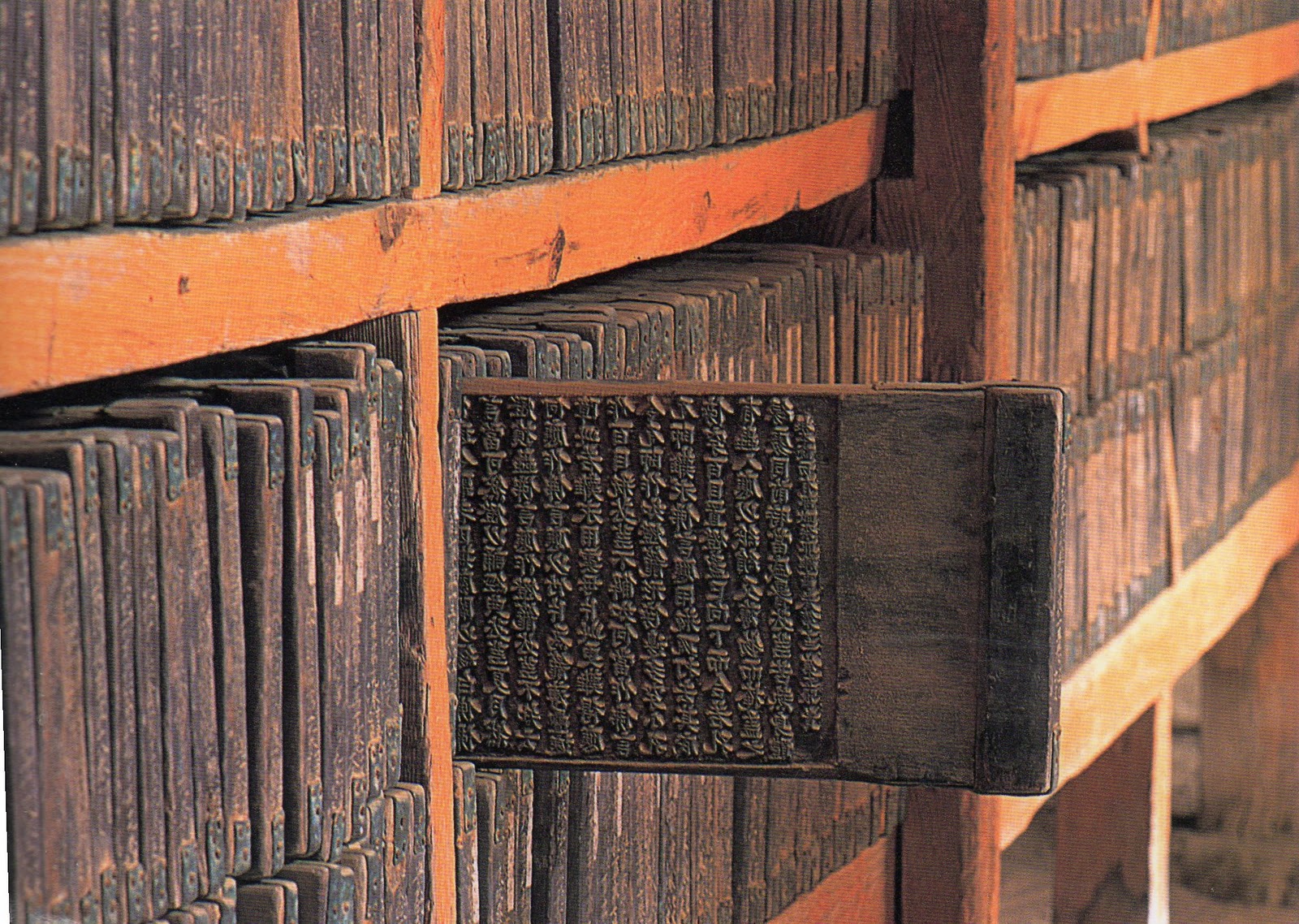
What are the criteria that led to the inclusion of Haeinsa Temple in the UNESCO World Heritage List?
There were 2 criteria that put Janggyeong Panjeon on the UNESCO list. One was the uniqueness of the Haeinsa Temple storage in terms of age, construction and how the storage and preservation of the wooden plates was handled.
The second criterion was the uniqueness of the text collection, both in terms of the craftsmanship with which the engraving was executed and the fact that it represents the most complete and complex representation of Buddhist doctrinal texts in the world.
The texts engraved on the wooden plates are so accurate, so delicately crafted, that they suggest they were written by the hand of a single person. No mistakes were found, even though we are talking about more than 52 million characters written on 81,258 wooden plates.
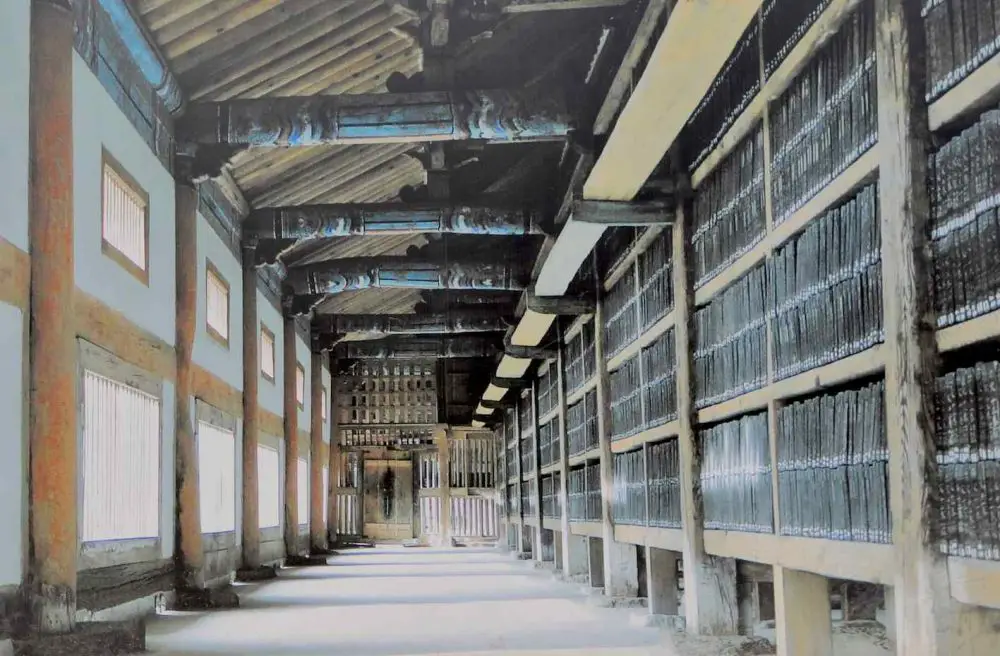
The secret to long-lasting strength is the treatment of the wood and the storage
The wood was brought from nearby forests, cut into slabs and kept in brine for 3 years. It was then boiled in brine and dried in the shade for another 3 years. After carving, the wood was coated with varnish to protect it from moisture and the corners of the boards were protected with metal.
The warehouse where the wooden plates are kept occupies the highest part of the temple. It is a complex of two long and two short buildings forming a rectangle around a courtyard. It was built in the 15th century in the traditional style of the Joseon period, characterised by simplicity of detail, harmonious appearance, balance and rhythm.
The buildings are considered unique for their tile conservation solutions that also allow easy access. They are the oldest buildings with such a structure. They have been specifically designed to ensure natural ventilation, temperature and humidity are always under control and to protect the tiles from rodents and insects.
When erecting the buildings, their position in relation to the sun, the direction of the winds in the area and the humidity brought by the monsoons were taken into account. The construction was designed to keep the sun out in the summer and to provide sufficient light and warmth in the winter. The windows have different positions and sizes in the south and north, allowing air to circulate. The beams on which the wooden boards are placed are parallel to the building, also contributing to air circulation. There are three layers on the ground - lime, charcoal and salt - providing drainage and also storing water to be released during hot and dry periods.
In the more than 500 years that Janggyeong Panjeon has stored them, not one of the more than 80,000 wooden slabs has cracked or been damaged. The techniques used to preserve them are considered unique.
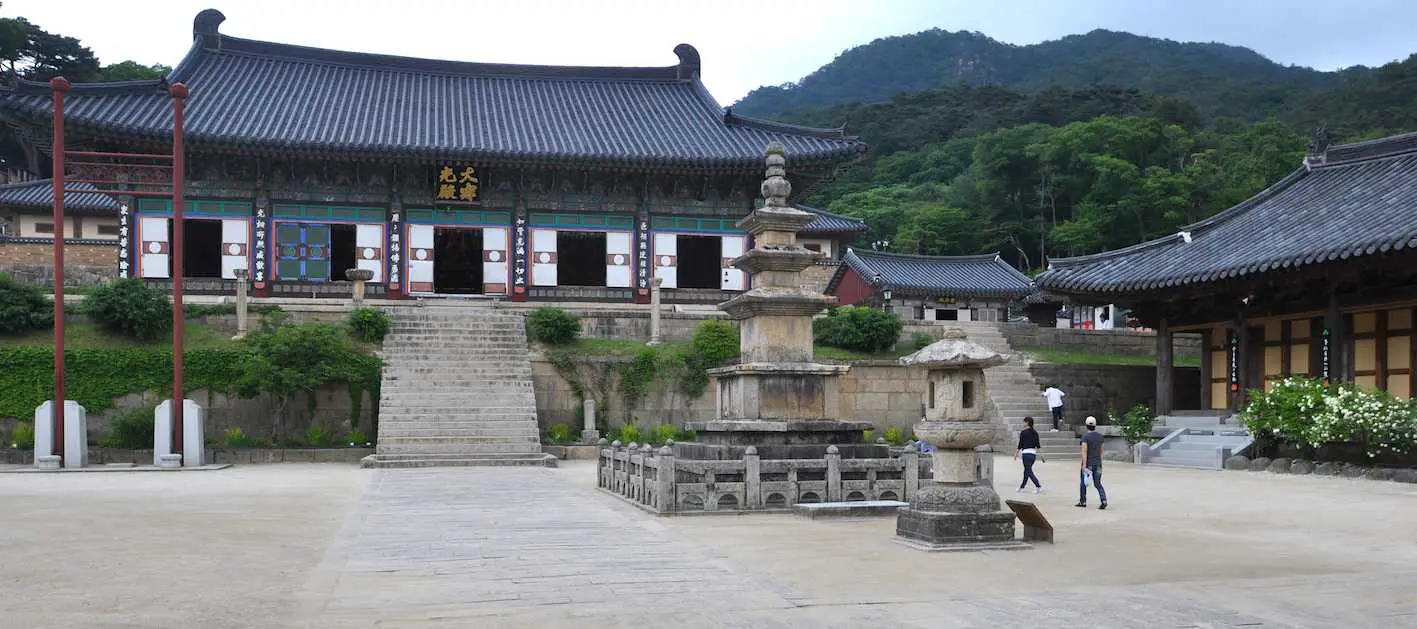
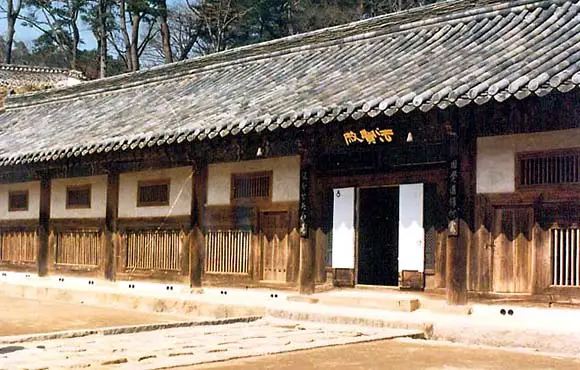
If the above didn't impress you, the video below certainly will.

















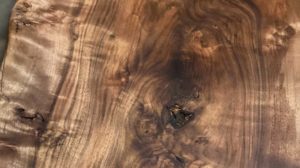

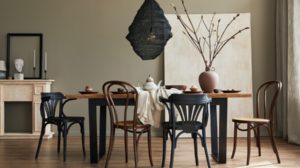


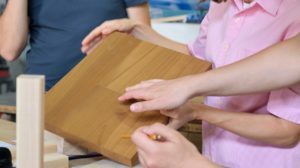



What kind of varnish was used in 1237 and 1248??? i think this detail was missed or was wrong..no?
No, it's not a mistake. If you watch the video to the end you will see that varnish protection is mentioned. Of course, this is not modern day varnish but varnish made from what was available at the time. We have for example shellac (or sherllac as it is sometimes called) which is a very old varnish (it is even a way of identifying old furniture). In fact, shellac is a resin secreted by an insect (Kerria lacca) that lives in India and Indonesia. The resin is used to make lacquer.